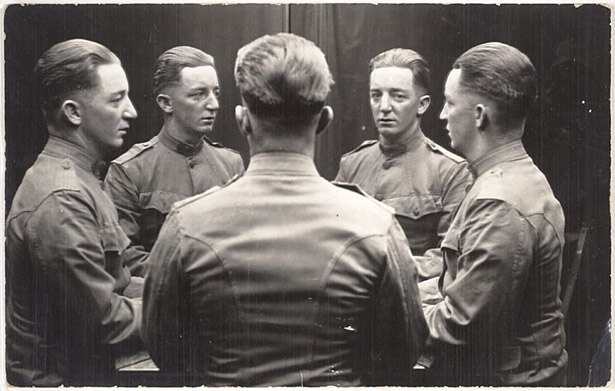We rarely have the chance to survey the photohistories of Eastern European countries, let along the life, culture, traditions, etc. of so many different countries in the eyes of 35 photographers, as in the 15th Noorderlicht International PhotoFestival. It is a unique opportunity to learn about the History of a great part of Europe that has been for too long ignored. It is an inmense insight to the works of many practitioners, but even better, to the life before and after the fall of the Berlin Wall in East Europe. Im already booking my flight…!
Have a look at the Press Release
BEHIND WALLS: Eastern Europe before 1989.
Behind Walls concludes the series of five editions of the festival that focused on photography from various non-Western regions and earlier looked at Africa, South America, the Arab world and South and Southeast Asia.




In 1989 the fall of the Berlin Wall heralded the end of the East Block. Socialism and totalitarianism made way for capitalism and democracy. A unique reservoir of photography was buried along with the old values. Over the years, each of the member states of the East Block had developed its own photographic vocabulary, which almost never extended beyond its national borders. Now that memories of the Communist era are no longer welcome, this historically important body of photography faces the threat of remaining unseen forever.
Two decades after the end of the East Block, Noorderlicht unlocks this forgotten treasure. In service of the regime, independently or working underground, photographers in the East Block documented a now vanished era, each in their own way. Behind Walls, the 15th Noorderlicht Photofestival, offers an overview of their work, which is generally being seen here for the first time outside its country of origin. Never before has photography from all the former East Block lands been brought together in one large-scale presentation.
Censorship and lack of freedom were a self-evident part of life in the days of the East Block. The totalitarian regimes propagated an heroic image of socialist society. Photographs of everyday scenes and personal interests were not appreciated. Only in periods of relative freedom, such as during the Prague Spring, but also in the DDR of the late 1970s, did photographers violate the unwritten rules, and then carefully. At other moments flight into a self-created reality offered solace, and this became a great stimulant for photographic experimentation.
Proud portraits of the ‘worker of the month’, clandestine photographs of staged people’s manifestations, advertising for products that were not available, forbidden photographs of nude women: Behind Walls provides a fascinating picture of life and photography in the Socialist paradise. In one international presentation the viewer can see how photographers throughout the East Block experienced the world around them, and how the absence of freedom affected their work. With contributions by 35 photographers from twelve countries, Noorderlicht brings to life a world that ceased to exist in 1989.
Beyond Walls – Eastern Europe after 1989
A new Eastern Europe arose after 1989. The Iron Curtain disappeared, the street scene changed unrecognizably. Some countries disintegrated, a majority have become members of the European Union. After four decades of Communism, capitalism is the new ideology. Individualism has replaced collectivism, opposition politics is again permitted. The heroic worker has had to become a critical consumer.
As a mirror held up to Behind Walls, a second exhibition, Beyond Walls, provides a picture of Eastern Europe after the fall of the Iron Curtain. Left opposes right, nostalgia for the old days faces off against the blessings of capitalism. Among the remains of the Communist era – from the gray architecture to the discrimination against ethnic groups – a frantic search for a new identity is going on.
These changes also leave their mark on photography. What was previously forbidden ground – literally, in the case of once heavily guarded border areas – or new phenomena such as a beauty contest in Poland or the rise of a Romanian tourist industry, can now be documented. Eastern European outcasts also have a chance to visualize their youth behind the Iron Curtain.
Together with Behind Walls, Beyond Walls forms a full-fledged diptych. In an extraordinary presentation, 35 photographers from East and West visualize the most recent history of Eastern Europe, with work from all the former East Block countries. Beyond Walls tells the intriguing story of a world full of contradictions in which a dynamic present still bears the traces of a charged past.
Fries Museum
Leeuwarden
7 Sept – 26 Oct
[Loads more information and photographs about this fantastic retrospective can be found here and here]




















